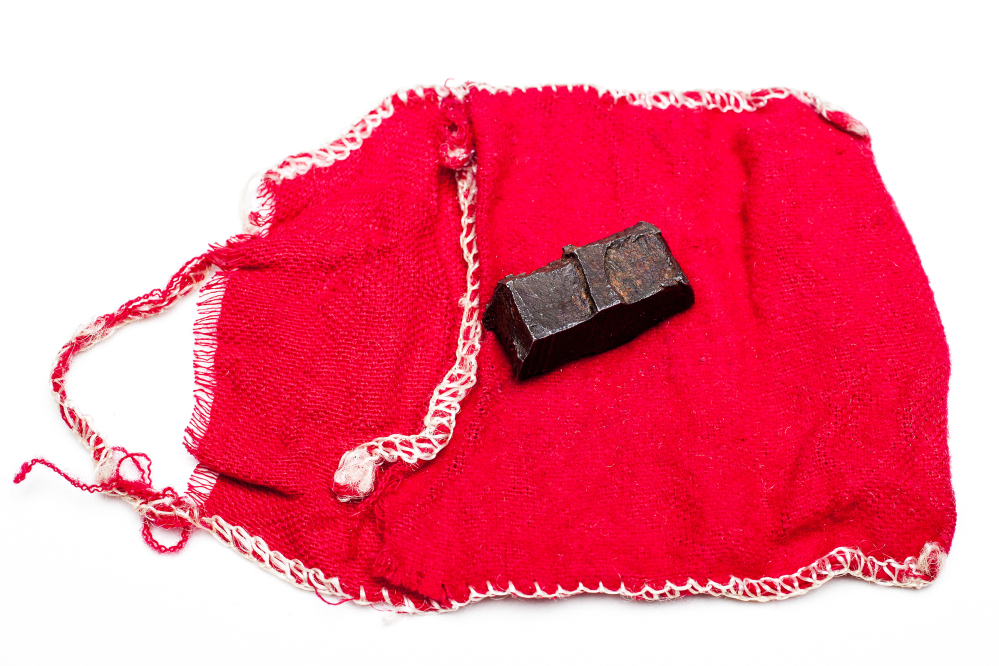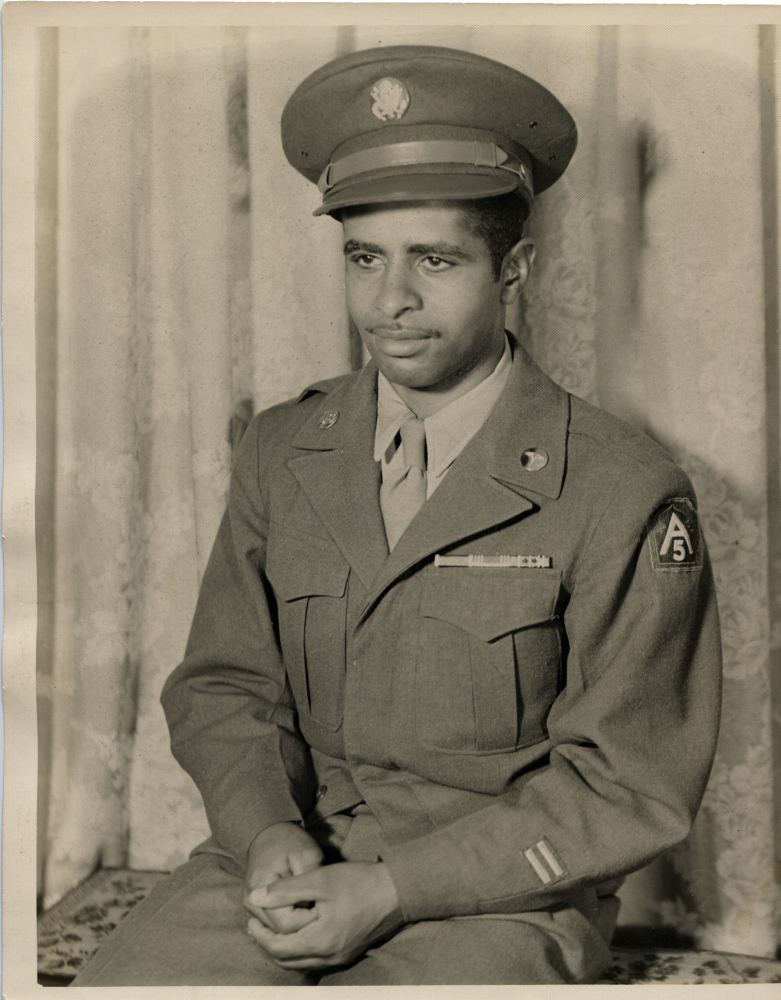NEW ORLEANS — About to be overrun by Germans, a young black lieutenant called in an artillery barrage on his own position, knowing he’d be killed. It was the only way to hold off the enemy.
The sacrifice by 1st Lt. John Fox is one of many endured by the 100,000 African-American service members during World War II and is now the focus of an exhibit at the National World War II Museum in New Orleans.
Titled “Fighting for the Right to Fight: The African American Experience in WWII,” the exhibit runs from July 4 through May 30, 2016. It describes discrimination before and after the war as well as in the military during World War II.
The exhibit also includes an original 8½-minute video about the famed Tuskegee Airmen and video interviews with 10 veterans, including Rothacker Smith of Huntsville, Alabama, who served in the 366th Infantry Regiment.
A Seventh-Day Adventist and conscientious objector to combat, Smith – serving in the same segregated 92nd Infantry Division to which Fox also belonged – was drafted and became a medic. Often Smith was the only African-American on the bus back from town to Camp Stewart, Georgia, on Saturday nights. He remembers being made to sit in the baggage compartment.
Smith was stationed in southern Italy, where his unit guarded airfields, one of many noncombat jobs to which black troops were relegated. But the war’s heavy death toll eventually sent more African-American troops into combat. Smith was assigned to a machine-gun nest where Fox was a forward observer directing fire for one of the 366th’s artillery units.
By that time, ammunition was running so short in Italy that it was rationed. Smith said that when the sergeant in charge of the machine gun crew called on Christmas Day for a barrage on German artillery, he was told, “We can’t fire until tomorrow morning because we used up our 16 rounds for today.”
A SUPREME SACRIFICE
The morning of Dec. 26, 1944, a German mortar shell hit the window of the stone house where the machine-gunners and Smith were holed up. Smith was hit in several places. He used his teeth and left hand to bandage the sergeant, who was more severely injured.
Later in the day, as the Germans pressed their attack toward Fox, he made the ultimate sacrifice: He called in artillery fire right on his own position.
Smith was captured by the Germans until his release April 29, 1945. Unlike many POWs, he said, he was able to keep all his clothes because they were bloodstained and full of holes. He has donated his blood-soaked undershirt to the museum.
After helping to defeat the tyranny of Nazi Germany and its allies, black soldiers returned home, expecting a more tolerant nation. Most were deeply disappointed.
“Segregation was still the law of the land, and racism was alive and well,” the museum’s website says. “For many African American veterans, that disappointment became determination to create change.”
It is no coincidence, the exhibit points out, that many leading figures of the civil rights movements of the 1950s and 1960s were veterans, including Medgar Evers, who became one of Mississippi’s most active civil rights leaders.Fox was among seven African Americans awarded the Medal of Honor in 1997, after President Clinton ordered an investigation of why blacks had not been getting the medal.
Send questions/comments to the editors.




Success. Please wait for the page to reload. If the page does not reload within 5 seconds, please refresh the page.
Enter your email and password to access comments.
Hi, to comment on stories you must . This profile is in addition to your subscription and website login.
Already have a commenting profile? .
Invalid username/password.
Please check your email to confirm and complete your registration.
Only subscribers are eligible to post comments. Please subscribe or login first for digital access. Here’s why.
Use the form below to reset your password. When you've submitted your account email, we will send an email with a reset code.